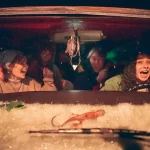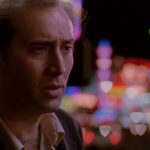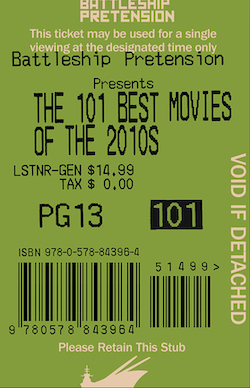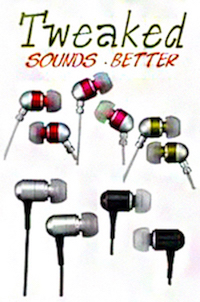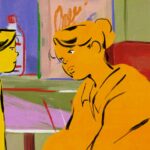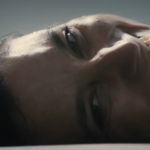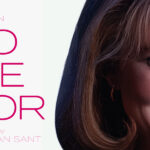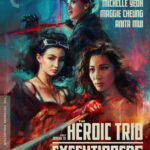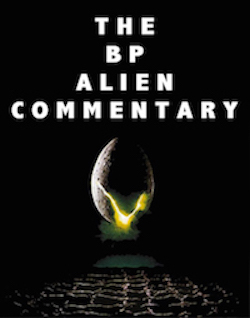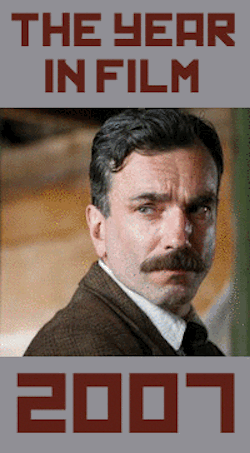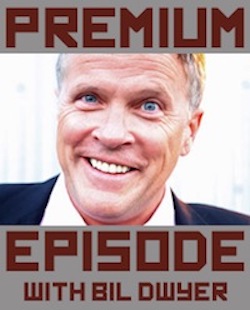Ebertfest 2017: Opening Night, by Aaron Pinkston
The 19th annual Roger Ebert’s Film Festival is built on four key principles: empathy, compassion, kindness, and forgiveness. Even if not as explicitly, this has always been the mission of the festival, as was true of its namesake. Each year in Champaign, Illinois, the home of the main campus of the University of Illinois, Ebert’s alma mater, film lovers flock to celebrate films and carry out the legacy of the greatest film critic. This is now my sixth straight year covering the festival and it has become a part of my life. I unfortunately never got to experience the festival with Roger as the key figure (by 2012 the effects of his cancer had taken his ability to speak, and with that, his role in leading the film introductions and Q&As), but I’ve seen it grow past the “Overlooked Film Festival” of its roots to championing Ebert’s spirit. Since he passed a few short weeks before the festival in 2013, Ebertfest has embodied the man’s legacy with love and through those four principles that he looked for in every film that he loved. This year’s slate is as interesting as any I’ve attended, a mix of classics ready for a reevaluation and contemporaries that carry on what Ebert looked for in a great film.
The opening feature was also one of my most anticipated of the festival, Milos Forman’s hippie era musical Hair. I didn’t exactly know what to expect, though with a few of the film’s songs still in the cultural consciousness, I felt like I did (and not entirely in a positive way). Having it among the selections at Ebertfest, however, was enough of an endorsement to make me intrigued—and it undoubtedly fits into the festival’s original mantra of revisiting overlooked or underappreciated films. Over the years I’ve attended the festival, I’ve learned many times to trust Ebert and the festival’s producers—even if we don’t end up agreeing on a film, there’s always something there to appreciate.
In his 4-star review of Hair, Roger Ebert expressed some of the same concern I had going in: “I walked into Hair with the gravest doubts that this artifact of 1960s social shock would transfer to our current, sleepier times. In the 1960s we went to angry musicals.” Like Roger, though, I was completely won over by the opening number, the well-known “Aquarius,” with an amazing performance by Renn Woods and an energetic romp through Central Park. Watching this sequence immediately showed me that what I thought about Hair wasn’t from the film’s reputation itself, but by the parodies it has inspired—most notably The 40 Year Old Virgin, which I now realize is the prominent way I’ve encountered “Aquarius” and Hair in general. Hair and its songs are so easy to parody. It wears the hippie culture so firmly on its sleeve that one would expect it not to age so well, with many songs (“Aquarius” included) that seem silly in any context. So, then, my first viewing of the musical was definitely a surprise and a fun way to start this year’s Ebertfest.
The first act of Hair sets up its barebones plot and introduces its characters almost exclusively through a number of small musical numbers. The exception is the first shot over a foggy Oklahoma plain, where we soundlessly meet Claude Hooper Bukowski (John Savage, a spitting image of Joel Edgerton) hopping a bus to New York City. Knowing no one else, he quickly gets caught up in a tribe of hippies led by George Berger (Treat Williams).
We quickly get to know the tribe through short, slapdash musical numbers “Hashish,” Woof’s “Sodomy” (Don Dacus), and Hud’s “Colored Spade” (Dorsey Wright), which is basically a string of African American slang and stereotypes. The mystical “Aquarius” is counterbalanced by these irreverent, comical interludes, shifting the film’s tone nearly 180 degrees. These songs aren’t as memorable as the opening number and their not given the big showpiece musical feel, but they provide the texture and strange rhythm of the musical moments. Most of the music takes on a funky, jazzy, bass heavy sound of the time, but it often becomes incredibly sonic, with more voices than we see singing on screen.
The plot is definitely secondary to the joys of Hair (which, apparently, was especially true of the stage musical) but one quickly gets established once these introductions are completed. In Central Park, Claude falls for a young woman riding a horse, Sheila (Beverly D’Angelo), and Berger makes it his mission to get them together by any means. This leads them to crash a party at her wealthy family’s estate in one of the more amusing scenes that take on the culture clash narrative, capped off by Berger’s showpiece “I Got Life.”
When it isn’t prancing and singing about free love, Hair is frequently funny, much more like the shaggy comedies of the era—it plays a lot more like Bad News Bears or Animal House than I ever could have expected. It takes the culture clash plot but smartly doesn’t go all-in on it. Could have easily made Claude the square Midwesterner but his go-with-the-flow attitude is refreshing. We can observe the tribe’s weird behavior through his eyes and experience the drug trips right alongside him, but we do it with wonder and acceptance of trying something new. That role could also have been fit for Sheila, but she is also more curious than turned off, even as it is extremely easy to see the hippies as assholes from her perspective. This is another way the film’s comedy sits with its contemporaries, for good or bad: most of our heroes aren’t likable at all, even if we’re supposed to think of them as cool.
The film’s final act shifts with Claude entering the military with the Vietnam War in tow—this was always his plan and reason for visiting New York, though it never really gives us any reason for it—and, subsequently, the tribe’s efforts to bust him out. With the thin narrative fully established, Hair’s rhythm changes yet again: it opened with a string of slapdash musical interludes, moved into a long stretch to build the plot, and finally unravels this plot into unrelated musical sequences that play like sketches. It might be structurally off-putting at times, but many of these sequences are where Hair’s more subversive elements shine.
The most clear and interesting example of this is the “Black Boys” and “White Boys” couplet. These numbers are set up by the Army inspections for new recruits, the first of which we see is a scrawny little white man (Michael Jeter) who refuses to take off his socks—the punchline being that his toes are painted. He is followed up by a black man who seems to be chiseled from granite, a physique so striking that the film is thrown outside of itself to a trio of white women who begin singing about how much they love black men. The film strangely then cuts back to the army station, where the white recruiters join along in the song. This is then immediately followed up by a group of black women and their corresponding recruiters who sing the praises of “smooth as silk” white boys. These songs are audacious enough to make me tug on my collar a bit, but they are so incredibly joyous. Again, they don’t really have a place inside the film’s narrative, but they allow Hair to take on its subversive attitudes of sexual identity and race that really make it what it is.
Without spoiling anything, Hair’s final moments spin from a madcap comedy of mistaken identity into an understated tragedy into a political statement with “The Flesh Failures (Let the Sunshine In)” in an incredible way. These last few minutes, seconds even, speak to the overall appeal of Hair: a wildly varied and loose film that probably shouldn’t work on a narrative or tonal level. It isn’t always seamless but, damn it, it definitely works.


